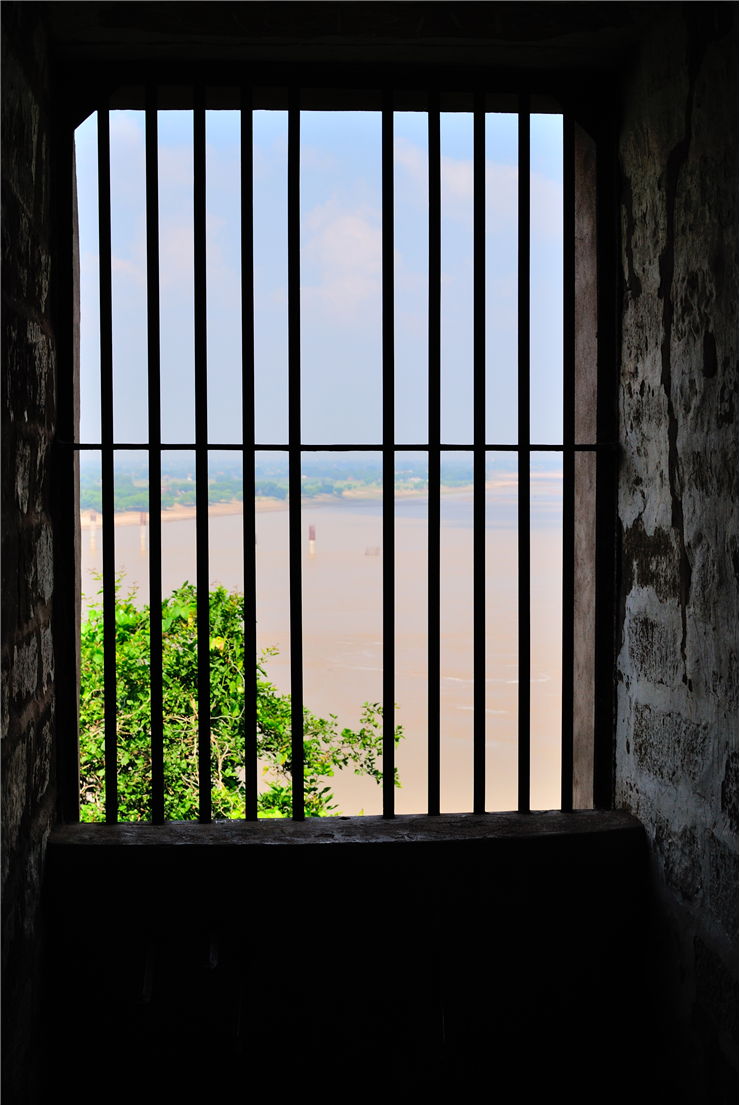Tower of London Prison Facts
Tower of London is a historic castle on the north bank of the River Thames in central London that was used as a prison from 12th to 20th century. During this time, this historic structure gained great notoriety in the English nation, symbolizing oppression enforced by the wealthy class and the ruling place of the entire country. Inside of its walls many famous people served their sentences, some rightfully and some imprisoned because of their political and religious beliefs. Although popular culture describes this prison as a place of death and torture, only seven people were executed in it before the start of the Second World War. However, almost all prisoners that waited for their death sentence in Tower of London were not executed there, but in the nearby notorious Tower Hill to the north of the castle (record show that over 110 people were executed there over 400 year period).
Tower of London is a complex of several buildings, arranged inside of two concentric rings of defensive walls and a moat. It was built by the William the Conqueror in 1078, and since then it has received several upgrades and expansions - mostly by the Kings Richard the Lionheart, Henry III, and Edward I. Current look of the structure was finalized in late 13 century, and since then it remained almost unchanged (Tower received damage during the WW2 Blitz, but it was repaired).
During its long history Tower of London served several purposes. In addition of being prison, it also hosted an armory, treasury, menagerie, coin minting factory, and of course as a royal residence. The peak usage of this structure as a prison happened in 16th and 17th century, when many prominent figures fell from the courts grace and found themselves imprisoned in the tower. As the centuries went on, Tower of London continued to change its purpose, but its use as prison always came back. During the time of First and Second World War, Tower was again repurposed to be prison and 12 men were executed for espionage.
After the end of the Second World War, Tower of London was repaired from the damage it sustained during the Blitz and was opened to the public. Today, this historic castle represents one of the most popular tourist attractions in the England. Tourists from all around the world come to this place to witness themselves halls where many famous people were imprisoned (Sir Thomas More, King Henry VI, Rudolph Hess and the wives of the of King Henry VIII) and try to find the see some of the medieval ghost that according to many still haunt this ancient prison.
